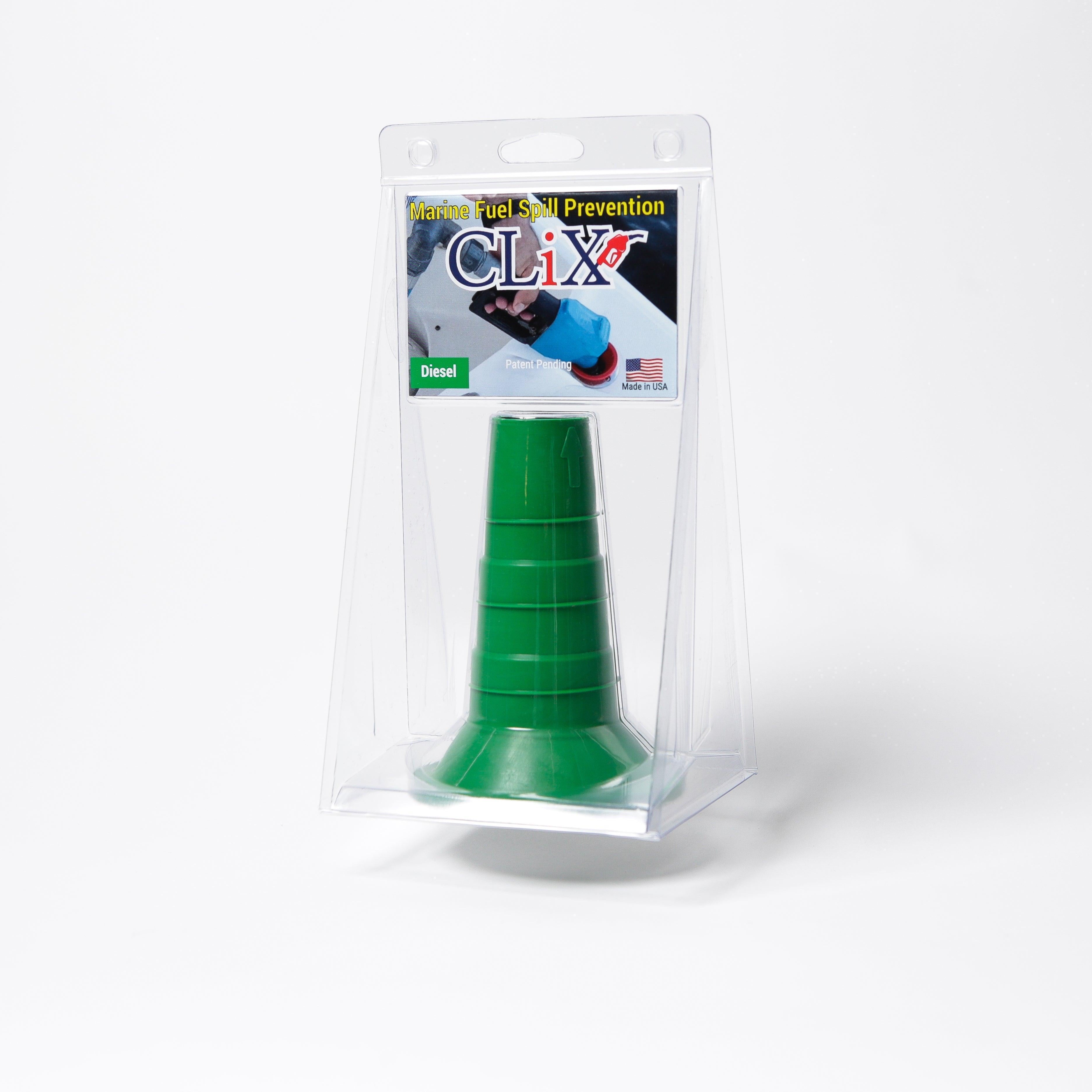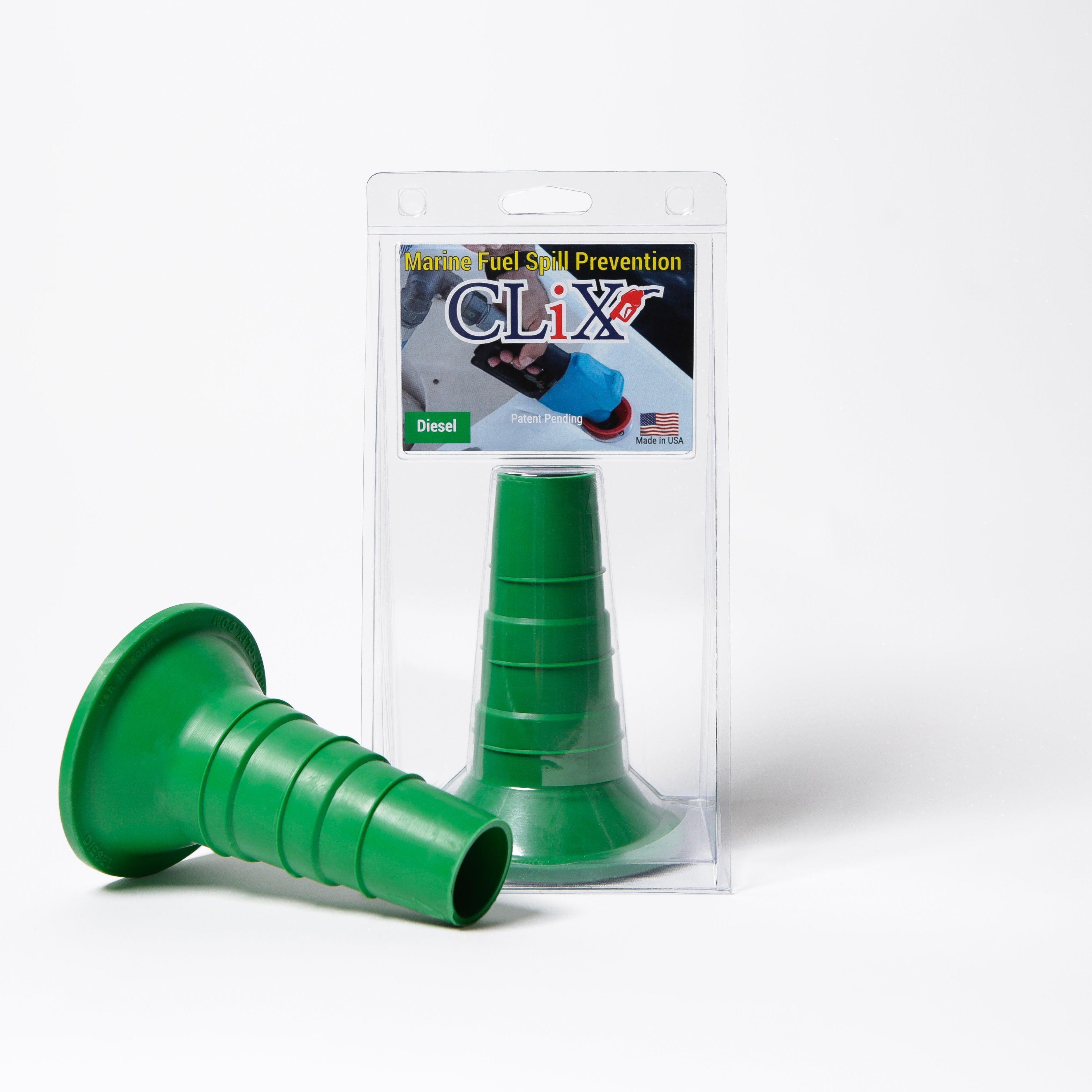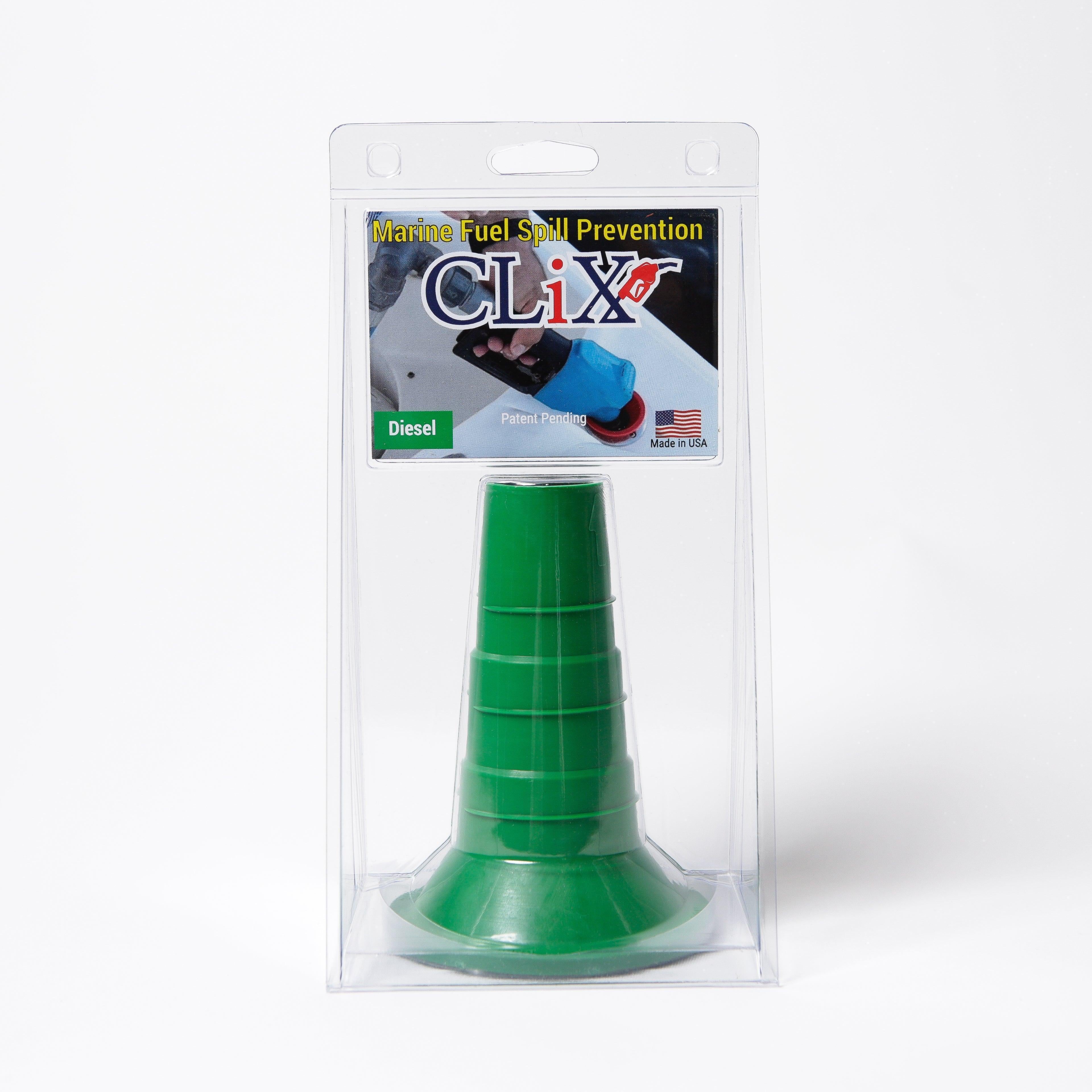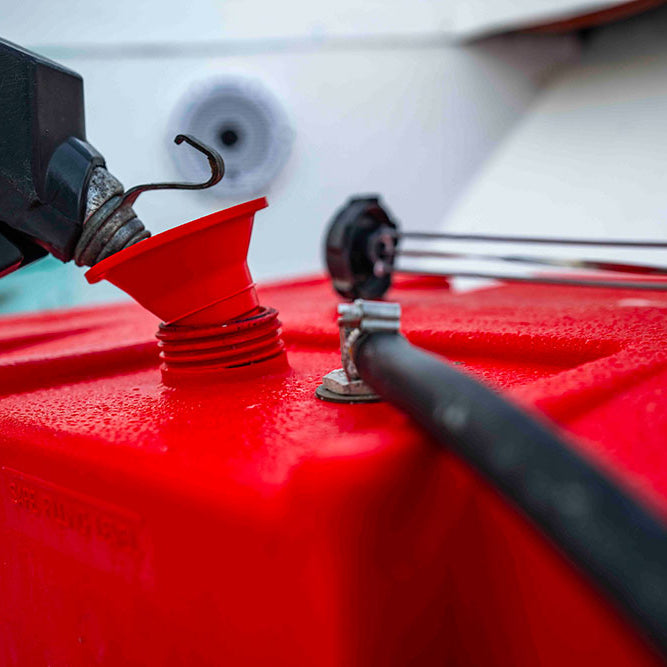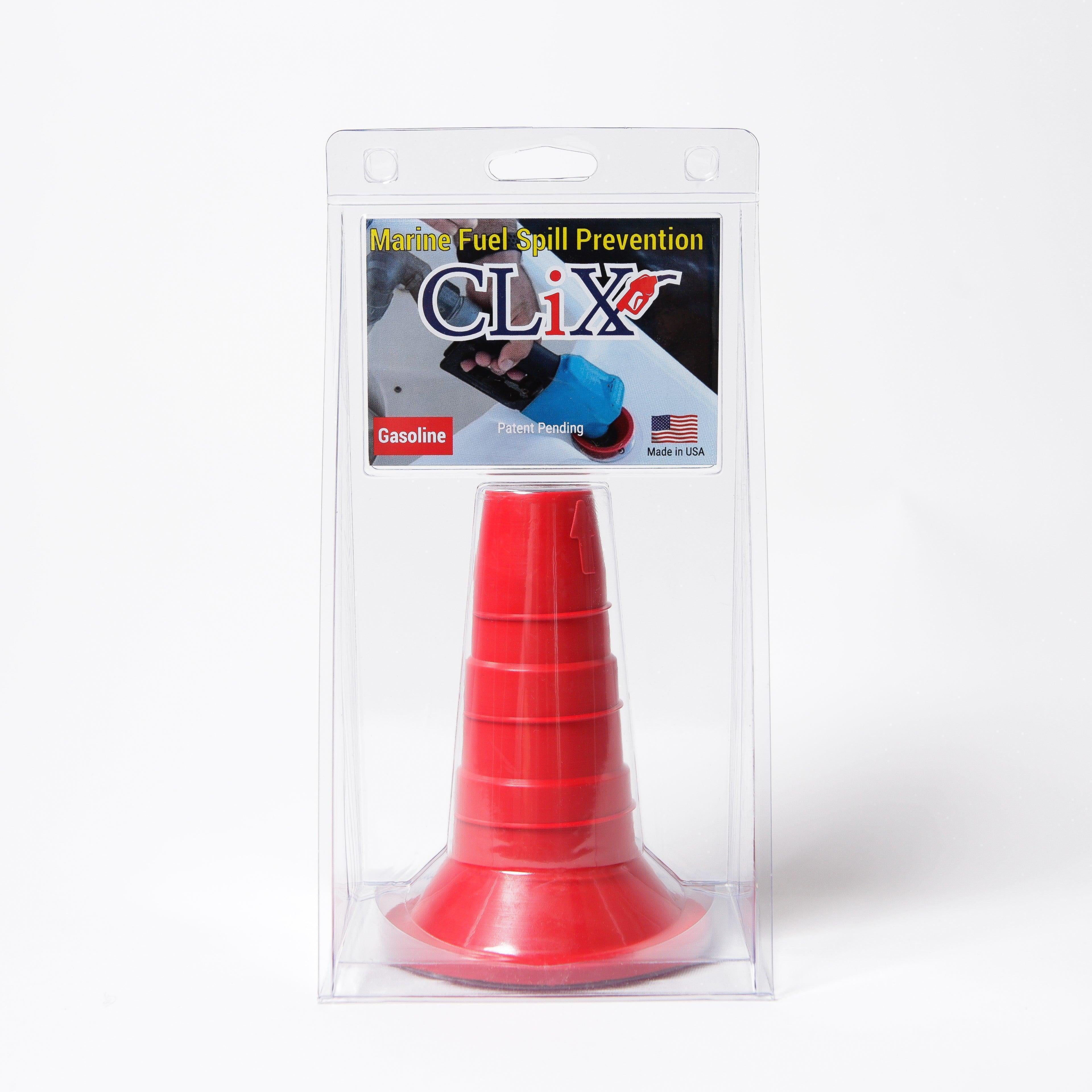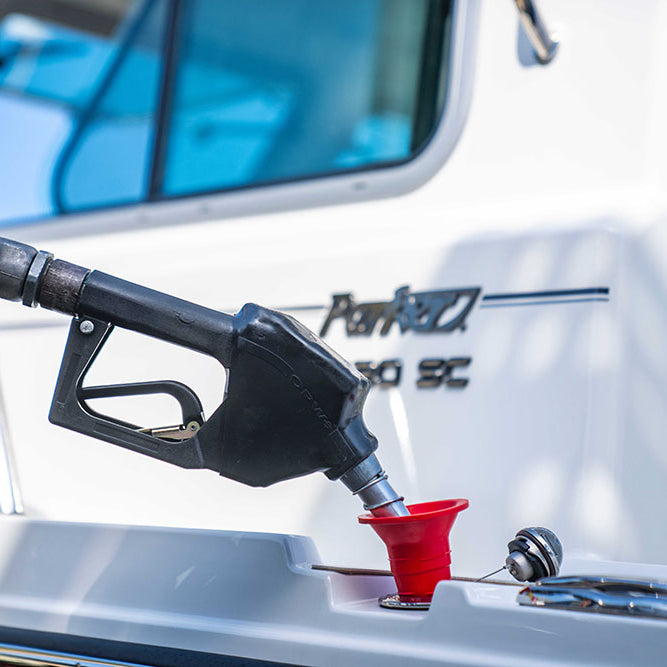At its core, environmental stewardship is about taking responsibility for our natural world. It’s the idea that we have an ethical duty to manage our resources—the air, water, land, and all living things—in a way that ensures they’ll be around for generations to come.
Think of it less as a set of rules and more like being a good caretaker for the planet.
What Is Environmental Stewardship at Its Core?
Imagine your community shares a single, beautiful garden. If everyone just takes what they want without ever planting new seeds or tending to the soil, that garden will quickly become barren. Environmental stewardship is the shared agreement to look after that garden together. It means watering the plants, pulling the weeds, and only harvesting what you need so it stays healthy and vibrant for everyone, long into the future.
This isn't just about admiring nature from a distance; it's a commitment to taking action. It’s a mindset built on the simple truth that our well-being is directly tied to the health of our planet’s ecosystems.
The need for this hands-on approach has never been more critical. We're facing some serious challenges, like the staggering rise in global greenhouse gas emissions. Since the early 1990s, these emissions have jumped by about 50%, mostly from burning fossil fuels. This puts immense pressure on our climate. You can learn more about the sustainability statistics that highlight why action is so urgent.
The Four Pillars of Environmental Stewardship
To really get a handle on environmental stewardship, it helps to break it down into four core ideas. These pillars work together, creating a solid foundation for making responsible choices, whether you’re an individual, a small business, or a massive corporation.
These principles give us a clear roadmap for how to interact with the environment.
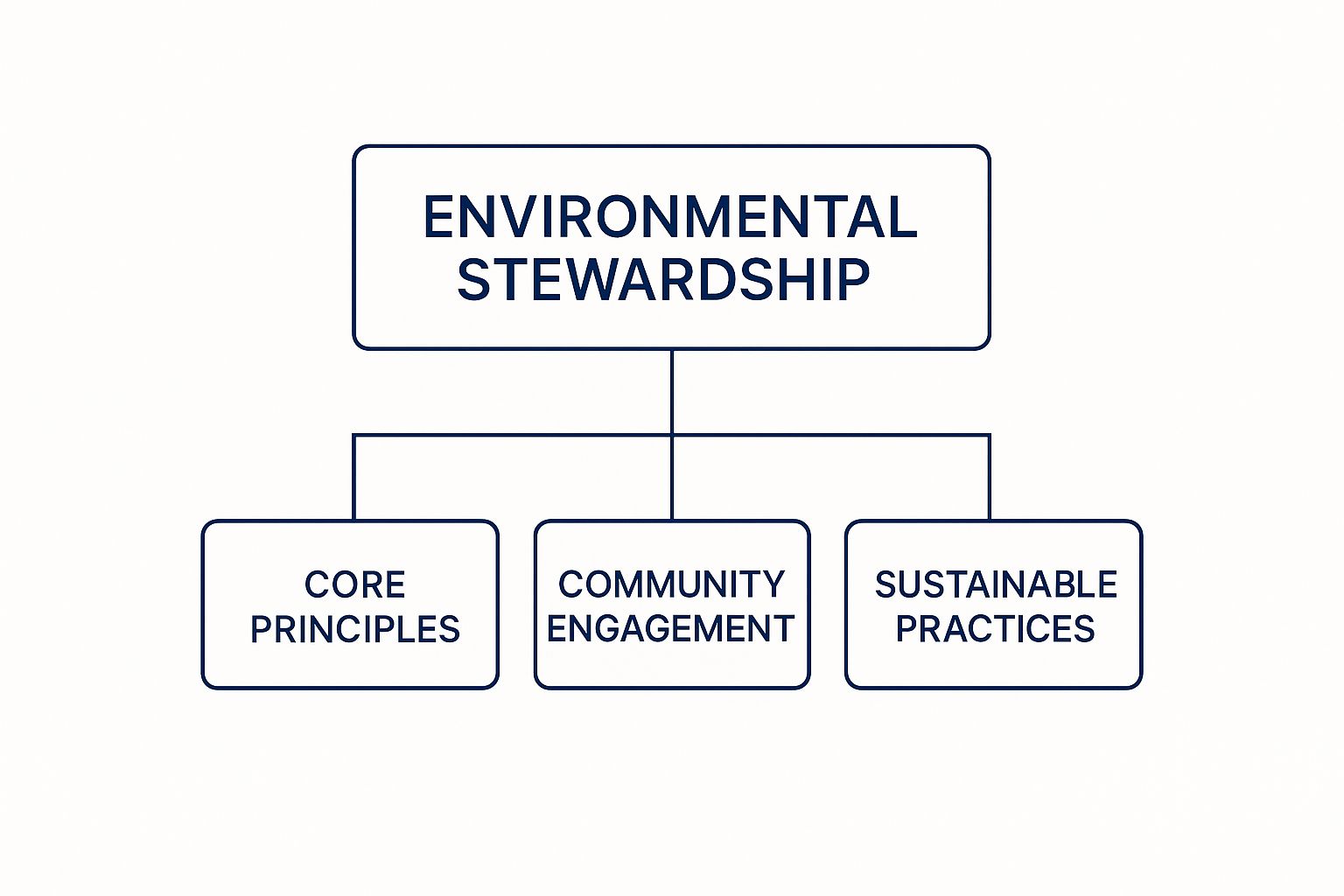
The table below provides a closer look at each pillar, connecting the big idea to a practical, real-world action.
The Four Pillars of Environmental Stewardship
| Pillar | Core Idea | Example Action |
|---|---|---|
| Responsibility | Taking ownership of our environmental impact. | Properly disposing of waste and hazardous materials like used oil. |
| Sustainability | Ensuring long-term ecological balance. | Choosing products made from renewable resources or recycled content. |
| Conservation | Protecting natural resources from overuse. | Reducing water consumption at home or in business operations. |
| Restoration | Healing damaged ecosystems. | Participating in a local tree-planting or shoreline cleanup event. |
When you put these four pillars together—Responsibility, Sustainability, Conservation, and Restoration—you get a comprehensive framework for what true stewardship looks like. It’s about more than just one-off actions; it’s about building a consistent, thoughtful approach to how we live and work on this planet.
Why Stewardship Is No Longer an Option but a Necessity
It's one thing to understand the basic idea of environmental stewardship, but it's another thing entirely to grasp why it has become so critical. This isn't just a feel-good concept anymore; it's a vital strategy for our collective survival and prosperity. We're watching the consequences of past inaction play out in real-time, affecting everything from local weather to the global economy.
This urgency is driven by some hard truths. Our planet is sending unmistakable signals that the old way of doing things—using resources without a thought for the future—is a dead end. Environmental stewardship is simply our active, necessary response to these loud and clear warning signs.
The Story Behind the Data
It’s easy to get lost in the numbers and scientific reports. But behind every statistic is a real-world story. Climate change isn't some abstract threat on the horizon; it’s the engine driving more frequent and violent storms, the reason droughts are strangling farming communities, and the cause of rising sea levels that are swallowing coastlines. These aren't tomorrow's problems. They are happening right now.
Take biodiversity loss, for example. This is about so much more than just saving a few well-known animals. The conversation around the conservation status of marine species, like humpback whales, highlights the urgent need to protect entire ecosystems. When a habitat loses a key species, its ability to provide clean water, pollinate our crops, and regulate weather patterns starts to crumble.
Every fraction of a degree in global temperature matters. It can be the difference between a thriving coral reef and a bleached, barren one, or between a manageable wildfire season and a catastrophic one.
Everything is connected. Ignoring one environmental problem almost always makes another one worse, creating a dangerous domino effect that eventually touches all of us.
Economic and Social Imperatives
The case for stewardship isn't just ecological—it's also a powerful economic and social argument. A healthy environment is quite literally the foundation of a stable economy. Think about it: industries like agriculture, fishing, tourism, and even insurance all rely on predictable and healthy ecosystems to function.
When we drop the ball on stewardship, the costs are staggering. These costs pop up everywhere:
- Increased Infrastructure Damage: Extreme weather events tear apart roads, bridges, and homes, leading to billions in repair bills.
- Resource Scarcity: When essentials like clean water and fertile soil run low, costs skyrocket for businesses and families alike.
- Health Crises: Air and water pollution lead directly to respiratory illnesses and other health issues, putting an immense strain on our healthcare systems.
The numbers don't lie. Recent years are already among the hottest ever recorded. To head off the worst-case scenarios, global emissions need to be slashed by 42% by 2030. If we miss that mark, we could see the global GDP shrink by as much as 4.4% every single year by 2050.
A Proactive Stance for a Resilient Future
At its core, embracing environmental stewardship is about making a fundamental shift from a reactive mindset—cleaning up messes after they happen—to a proactive one. It’s about building resilience.
When we manage our resources responsibly, protect biodiversity, and work to restore damaged habitats, we're doing more than just preventing future disasters. We're investing in a more stable, prosperous, and fair world for everyone.
This proactive approach is where the true power of stewardship lies. It is the conscious choice to build a world that can support not just our generation, but all the ones that will come after us. This is why it’s no longer just a good idea—it’s an absolute necessity.
Putting Stewardship Principles into Practice

Knowing the principles of environmental stewardship is one thing, but the real magic happens when we put them into practice. This is where the big ideas meet the real world—on the trail, at the shoreline, and all along the supply chain. It's all about making conscious choices that don't just avoid harm but actively help the environment.
This means turning abstract concepts like "conservation" and "sustainability" into real, everyday habits and policies. These actions, whether taken by an individual, a community, or a company, are what truly build a healthier planet.
Sustainable Resource Management
At its heart, stewardship is about managing natural resources so they're still around for our kids and grandkids. Think of a smart farmer who rotates crops to keep the soil rich for decades to come. That same idea applies to everything from our forests and oceans to our water supply.
Sustainable forestry is a perfect example. Instead of clear-cutting huge areas, which destroys habitats and causes soil erosion, responsible companies selectively harvest older trees. This leaves the younger ones to grow and the forest to regenerate naturally. We still get the wood we need, but the ecosystem remains intact.
Water management is another huge one. In farming, just switching from old-school flood irrigation to modern drip systems can cut water use by up to 60%. The water goes right to the plant’s roots, where it does the most good. It's a simple change that demonstrates powerful stewardship, one drop at a time.
Pollution Prevention at the Source
Great stewardship is proactive, not reactive. It’s about stopping pollution before it ever starts. Of course, cleaning up spills is important, but preventing them in the first place is a much smarter and more effective strategy for protecting our air, water, and land.
Just look at the global movement to cut down on single-use plastics. For years, the main focus was on beach cleanups—a necessary but reactive fix. A stewardship mindset flips the script and tackles the problem at its source.
"The most effective way to address waste is to not create it in the first place."
This shift has sparked some incredible changes:
- Smarter Packaging: Companies are redesigning products to use less plastic or switching to materials that can be composted.
- New Habits: More and more people are carrying reusable water bottles, coffee cups, and shopping bags.
- Policy in Action: Governments are stepping in with bans or fees on plastic bags to curb their use from the get-go.
This preventative thinking is especially vital in our oceans. For anyone who loves the water, following responsible and considerate diver etiquette is a fantastic way to protect fragile coral reefs from accidental damage. It’s all about being mindful of your footprint before you even make it.
Habitat Restoration and Conservation
The final piece of the stewardship puzzle is actively healing and protecting our natural spaces. It's not just about using resources wisely; it's also about giving nature a hand to recover from past harm and shielding it from future threats.
Habitat restoration projects work to bring damaged ecosystems back to life. It might be a local group planting native grasses along a riverbank to stop erosion or a massive "rewilding" project that reintroduces key species—like wolves in Yellowstone—to restore balance to an entire landscape.
Conservation, on the other hand, is about protecting the pristine places we still have. We do this by creating protected areas like national parks and marine sanctuaries. In these zones, harmful human activities are limited, giving biodiversity the space it needs to thrive. By setting these incredible places aside, we become their guardians, ensuring they'll be here for generations to come.
Seeing Stewardship in Action Around the World
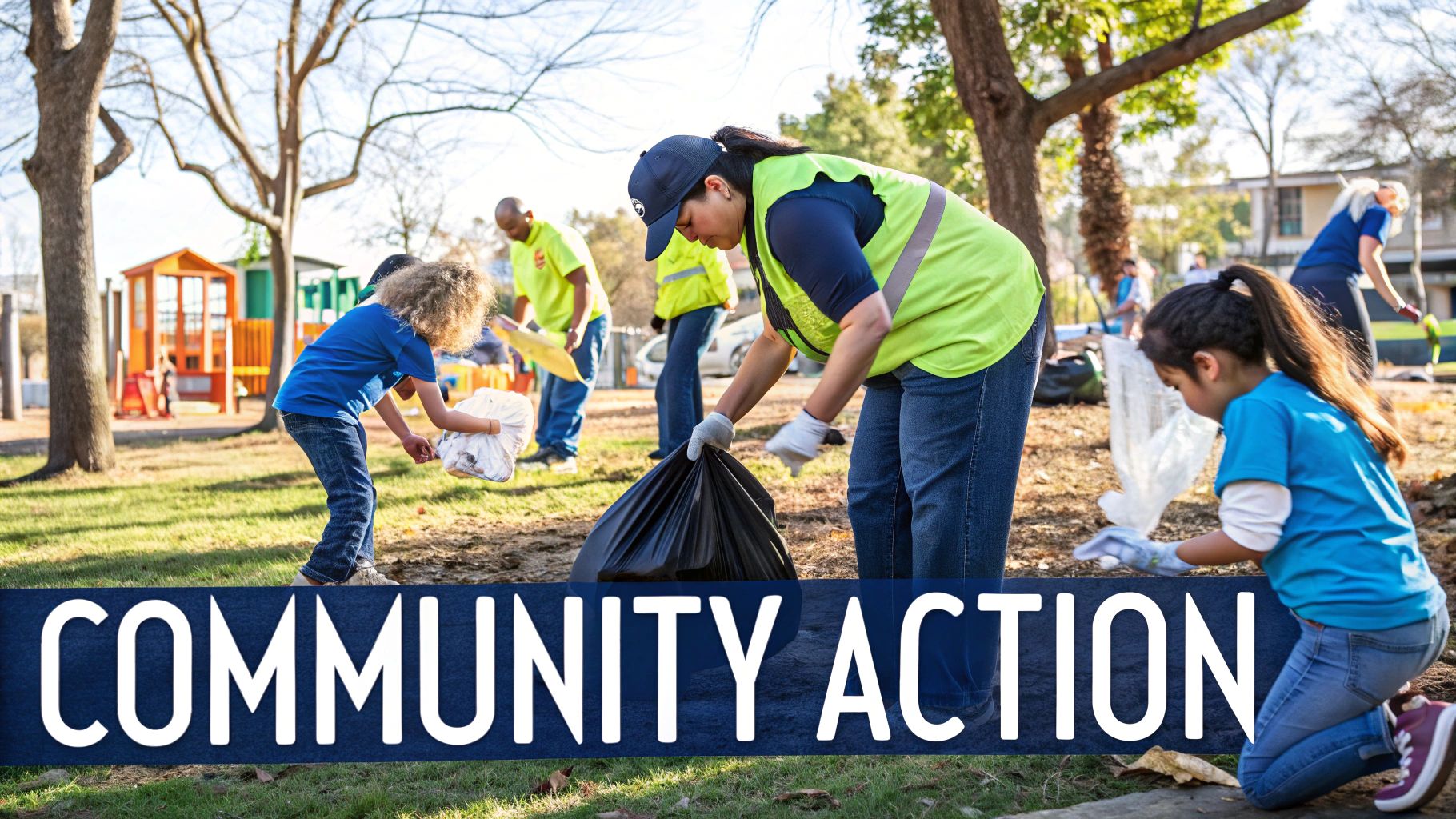
Environmental stewardship isn't just some abstract idea talked about in boardrooms. It’s happening right now, all around the world, making a real difference. From small neighborhood projects to massive corporate overhauls, people are finding creative and effective ways to care for our planet.
These real-world examples are what bring the principles of responsibility and sustainability to life. They show us how we can weave these ideas into the fabric of our daily lives and industries, moving beyond just knowing what environmental stewardship is to actually seeing what it can do. The results are tangible—cleaner city air, healthier oceans, and proof that even small efforts can create big waves of positive change.
From Urban Gardens to Corporate Responsibility
At the local level, you can see stewardship in action with grassroots movements that are reclaiming forgotten urban spaces. Take community gardens, for example. They do so much more than just grow vegetables. They transform neglected lots into vibrant green oases, shorten "food miles" by providing produce right where people live, and create crucial habitats for pollinators in the middle of a concrete jungle.
On a much larger scale, major corporations are completely rethinking how they do business. Many are now embracing the circular economy—a model built to eliminate waste by keeping materials in use for as long as possible. Instead of the old "take, make, and toss" approach, these companies are designing products that are meant to be repaired, reused, or recycled.
This shift has a massive ripple effect, slashing the demand for new raw materials and keeping tons of waste out of landfills. It's powerful proof that you don't have to choose between a healthy planet and a healthy bottom line.
Stewardship on the Water Where It Matters Most
Nowhere is environmental stewardship more critical than on our oceans and waterways. Marine ecosystems are incredibly rich and full of life, but they're also incredibly fragile. A single mistake, like a fuel spill, can cause devastating and long-lasting harm to aquatic life and coastal communities. This is why responsible practices in the marine industry aren't just a good idea—they're an absolute necessity.
Marina operators and boaters are the front-line defenders of our waters. Their everyday actions have a direct impact on the health of the very environment they rely on for their businesses and hobbies.
A single gallon of spilled fuel can contaminate up to one million gallons of drinking water. That staggering number highlights the immense responsibility that comes with fueling on or near the water.
This high-stakes reality demands a proactive approach to preventing pollution. Responsible marinas are already stepping up by putting a range of best practices into place:
- Implementing Clean Fueling Practices: This means training staff to supervise fueling, using absorbent pads to catch every drip, and having a rapid-response plan for any spills.
- Providing Proper Waste Disposal: Offering designated stations for used oil, old batteries, and other hazardous materials keeps them out of the water.
- Educating Boaters: Clear signage, workshops, and reminders help boat owners understand how to prevent spills and perform proper maintenance.
These measures show a powerful commitment to marine stewardship. But even with the best intentions, human error is always a risk, especially during fueling. The old method of just listening for the sound of a full tank is notoriously unreliable and a common cause of messy, damaging overfills.
This is exactly where smart technology can step in to bolster our efforts. Innovative companies are creating solutions that make stewardship easier and far more effective. For instance, CLiX Fueling Solutions developed a system that tackles the problem of fuel spills right at the source. Their device automatically shuts off the fuel flow the moment the tank is full, completely preventing the overfills that so often pollute our waters.
By making the fueling process foolproof and spill-free, this kind of technology empowers marina operators and everyday boaters to be better stewards of the environment. It transforms a moment of high risk into a safe, routine task—a perfect example of how targeted innovation helps us protect our most precious natural resources.
The Real Payoff: Why Stewardship is a Smart Investment
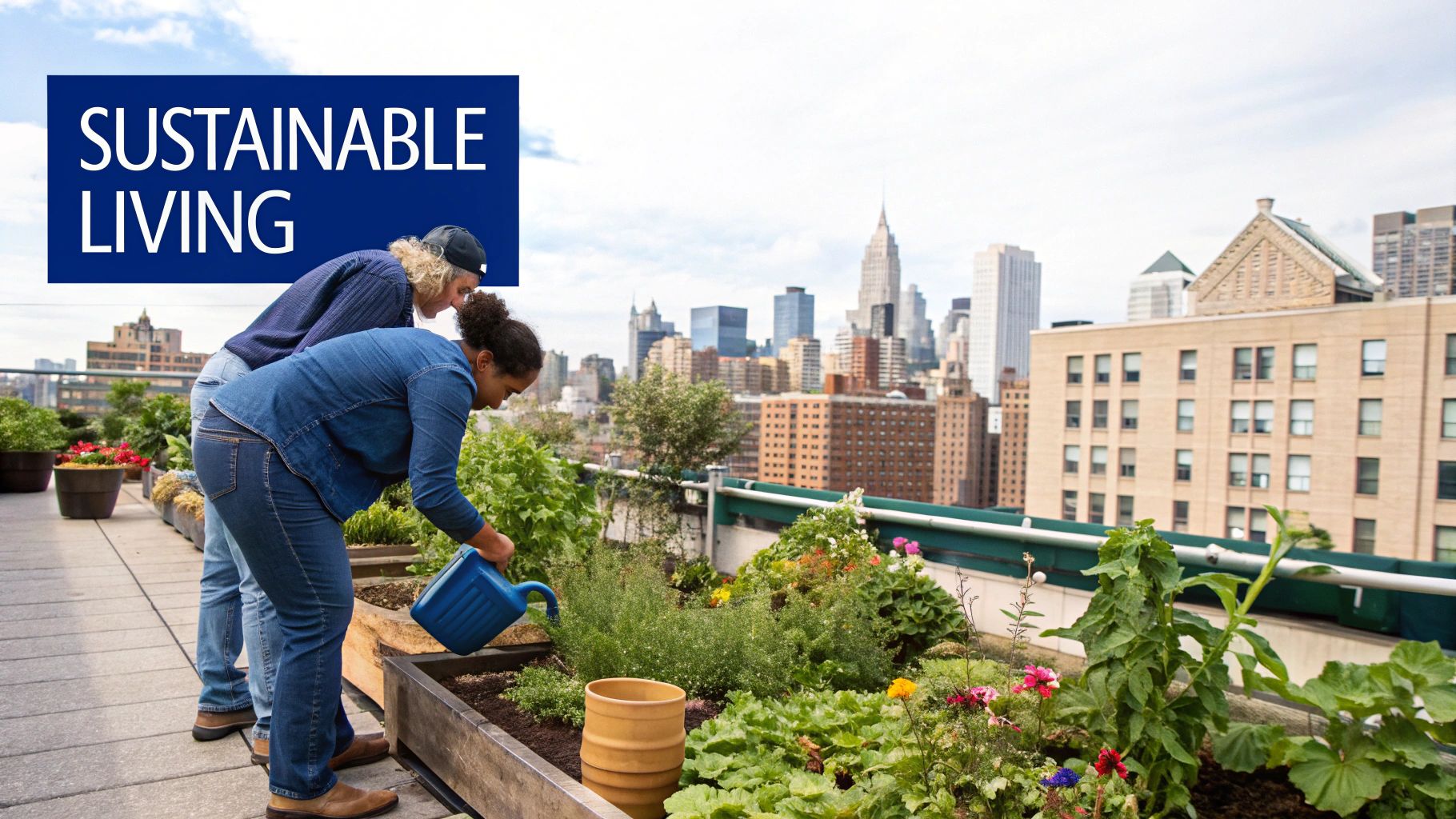
When we talk about environmental stewardship, it's easy to think of it as a defensive move—something we have to do to prevent damage. But that’s only half the story. The reality is, adopting stewardship is one of the smartest investments we can make in a healthier, more prosperous future.
The motivation might start with protecting the planet, but the benefits quickly spread. They strengthen our economies, build better brand reputations, and create communities that are more resilient. It’s a powerful shift in thinking: from seeing environmental care as a cost to recognizing it as a direct driver of long-term success.
Economic Innovation and Stability
Let's be honest—implementing sustainable practices can look like an upfront expense. But that view misses the forest for the trees. True environmental stewardship actually sparks economic growth. It pushes us to find new solutions and creates entire industries around green technology, renewable energy, and smarter waste management. This focus on doing more with less often leads to massive savings on energy, water, and materials.
Our economic stability is also more tied to the planet's health than many realize. Every year, we lose over 10 million hectares of forest, mostly to industrial agriculture. This doesn't just harm wildlife; it weakens the very systems that regulate our climate and provide clean water—services that quietly prop up global economies. In fact, with more than half of the world's GDP depending on nature, protecting our environment isn't just an ethical choice; it's a sound economic one. You can dive deeper into these connections with these sustainability statistics on arbor.eco.
Enhanced Reputation and Stronger Communities
In today's world, people want to support brands that do the right thing. Companies known for genuine environmental stewardship attract more loyal customers, build a positive public image, and have an easier time hiring top talent. This isn't just about good PR. It's about building trust and showing that your company’s values line up with the community’s.
Environmental stewardship is not just a corporate responsibility; it is a source of competitive advantage. It builds a legacy of trust and demonstrates a commitment to a future that benefits everyone.
This sense of shared purpose goes beyond business. When communities rally together for a beach cleanup or support local, sustainable farms, it strengthens social bonds and creates a sense of collective pride. Protecting our shared natural spaces, like our oceans and rivers, is a huge part of this. If you're ready to get involved, our guide on how to prevent marine pollution offers essential steps.
Looking at the initial effort versus the long-term gains makes the value of stewardship crystal clear.
Investment vs. Return in Environmental Stewardship
| Area of Investment | Short-Term Cost/Effort | Long-Term Benefit/Return |
|---|---|---|
| Energy | Upgrading to energy-efficient equipment and lighting. | Reduced utility bills, lower carbon footprint, and decreased operational costs. |
| Waste Management | Implementing comprehensive recycling and composting programs. | Lower disposal fees, potential revenue from recycled materials, and enhanced brand image. |
| Water Use | Installing low-flow fixtures and adopting water-saving processes. | Significant savings on water bills and conservation of a critical local resource. |
In the end, embracing stewardship creates a powerful cycle of positive results. Healthier ecosystems lead to more resilient economies, which in turn support stronger, healthier communities. It’s a forward-thinking strategy where the returns—for our planet, our businesses, and ourselves—far outweigh the initial investment.
How Technology Champions Modern Marine Stewardship
When we talk about environmental stewardship, the stakes get incredibly high around our oceans and waterways. These are some of the most vibrant and vital ecosystems on the planet, but they're also fragile. A single mistake at the fuel dock can ripple outwards, causing real, lasting damage to marine life.
This isn't a place for just good intentions; it’s a place for practical, reliable tools. For marina operators and boaters on the front lines, preventing fuel spills is a massive part of the job. Even those seemingly small overfills, which happen all the time, release harmful chemicals that can poison fish, birds, and sensitive coastal plants.
Closing the Gap Between Intention and Action
For years, the best we could do was rely on old-school vigilance. You’d listen for that gurgling sound as the tank got full or stuff absorbent pads around the fuel nozzle to catch any drips. These methods are better than nothing, but they're completely dependent on human attention. A second of distraction is all it takes to cause a messy, damaging spill, undoing the best efforts of even the most careful boater.
This is where smart technology completely changes the game. It bridges the gap between wanting to do the right thing and having the right tool to actually do it, every single time.
By making the right choice the easiest choice, technology empowers individuals to become more effective stewards. It removes barriers and automates best practices, ensuring safety for both people and the planet.
Take a solution like the CLiX Fueling system. It tackles the number one cause of dockside pollution: tank overfills. This simple device automatically shuts off the fuel nozzle the second the tank is full, stopping spills before they can even start. It turns a moment of high risk into a foolproof, worry-free task.
This kind of gear is a perfect example of modern stewardship in action. It gives boaters and marinas a concrete way to live up to their responsibility, making clean waterways an achievable, everyday reality. For more ideas on how to protect our waters, take a look at these eco-friendly boating tips for sustainable marine fun. By embracing intelligent solutions, we can all do a much better job of protecting the marine environments we love.
Common Questions About Environmental Stewardship
As you start to think more about environmental stewardship, it's natural for a few questions to pop up. Let's tackle some of the most common ones to help turn these big ideas into real-world actions. This is your quick guide to making stewardship a practical part of your life.
Getting a handle on these concepts helps clear away any confusion and gives you the confidence to start making a real difference—whether that’s at home, out in your community, or as part of your business.
How Can I Practice Environmental Stewardship Daily?
It really starts with small, consistent habits that build up over time. Think about reducing what you buy in the first place, recycling the right way, and being mindful of water and energy use at home. Choosing to support local and sustainable businesses is another powerful move.
Want to get more involved? You could join a local cleanup day or speak up for greener policies in your town. The trick is to find things that genuinely fit into your life. For some great starting points, check out our guide on how to reduce water pollution offers easy tips to protect water.
What Is the Role of Businesses in Stewardship?
Businesses have a huge part to play because their scale of impact can be massive. They can make conscious choices, like building sustainable supply chains, switching to renewable energy, and designing products that are built to last and can be recycled. Smart corporate stewardship doesn't just help the planet—it often uncovers new efficiencies and builds a stronger reputation with customers.
For more specific questions, like how to interact with marine life responsibly, an excellent resource is this Manta Ray FAQ.
Stewardship is the active, responsible management and caretaking of the natural world. It is the "how" and the "action" behind the broader goal of sustainability.
How Does Stewardship Differ From Sustainability?
It’s easy to get these two mixed up, but they have distinct roles. Here’s a simple way to think about it: sustainability is the destination. It’s the goal of creating a world where we meet our needs without hurting the ability of future generations to meet theirs.
Environmental stewardship, then, is the journey. It’s the collection of ethics, actions, and responsibilities we take on to reach that sustainable destination. Stewardship is the hands-on work that makes sustainability a reality. Put simply, you practice stewardship to achieve sustainability.
Ready to make spill-free fueling a part of your marine stewardship? Discover how CLiX Fueling Solutions offers a simple, effective way to protect our waters. Visit https://clixfueling.com to learn more.

